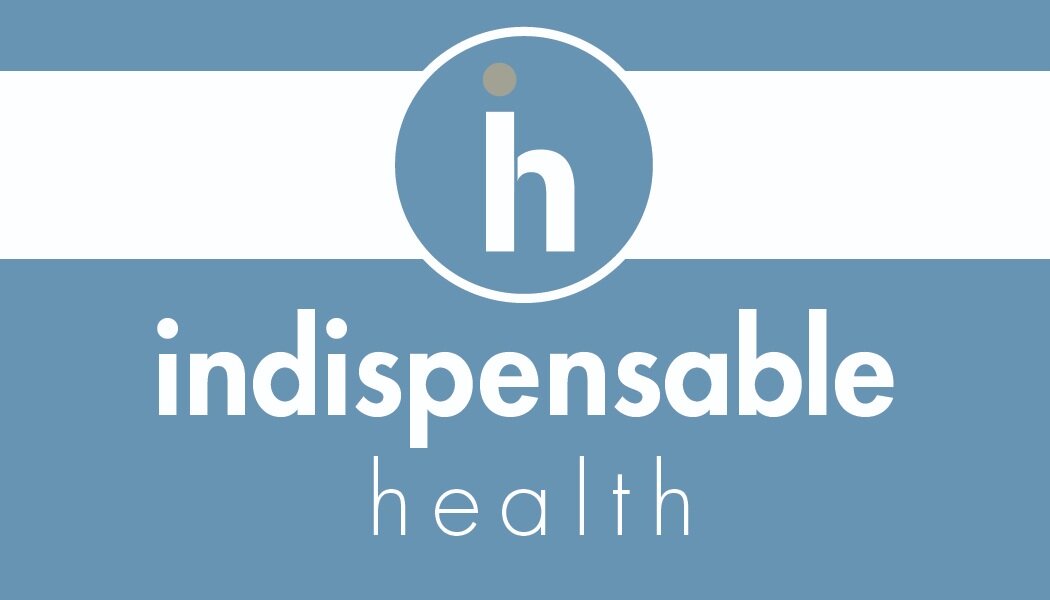Combating Seasonal Depression
Today marks the winter solstice, the shortest day of the year, and the beginning of winter. For those of us with seasonal depression, today also signifies the beginning of the end to our “seasonal blues”. Although today has the least amount of daylight, each following day from now until June 20, 2020, will have a little bit more.
What is Seasonal Depression?
Seasonal Depression’s official name is Seasonal Affective Disorder, and according to The National Institute of Mental Health (NIMH), “Seasonal Affective Disorder (SAD) is a type of depression that comes and goes with the seasons, typically starting in the late fall and early winter and going away during the spring and summer”. (1) NIMH explains that in order to be diagnosed with SAD one needs to have met the criteria for Major Depressive Disorder during the winter for at least two years.
As Michigan residents, we need to keep an eye on ourselves as well as our family, friends, and neighbors during the winter months because those of us who live farther from the equator have a greater chance of suffering from SAD (2). Other risk factors include having a family history of mood disorders and having a mood disorder yourself.
Although a direct cause of Seasonal Affective Disorder has not been confirmed, most of the research has directed us to biological clues and the potential that the changing seasons disrupt our circadian rhythm. Disruptions in serotonin levels, overproduction of melatonin, and vitamin D deficiencies might be some of the things contributing to seasonal depressive symptoms.
Treating Seasonal Depression
For any of us struggling with our mood this winter, there are steps we can take to lessen depressive symptoms. The University of Michigan also has provided a great way to get started with some amazing fact sheets, tools, and checklists available for FREE from their depression center. (3)
Light Therapy:
According to researchers at the University of Michigan Depression Center, a 10,000-lux light box can be used for light therapy. The idea of using a light box is to suppress the overproduction of melatonin, view UofM’s suggestions for a light box (4).
Another option is dawn simulators. These are alarm clocks that use light instead of sound with the goal of simulating the sun rising in the morning. A 2015 Russian study observed dawn simulators were as effective as light boxes for those with mild cases of Seasonal Affective Disorder (5).
Notice the Sun
When the sun is out during the winter, make sure to notice it, try to sit by a window or take a short break to step outside and soak it in. Utilize mindfulness techniques to ground yourself in the present moment while the sun is shining (6).
Watch Your Diet:
Watching our diet can go a long way for those dealing with SAD. During these periods of “seasonal lows” people can tend to eat and overeat, carbohydrate-rich foods like sweets and starchy foods. These types of foods definitely have an appeal because they give a brief boost in energy, but that boost is short-lived and often leaves one feeling worse than before. A study in the American Journal of Public Health revealed that consuming fruits and vegetables boosts happiness can actually boost happiness.
As mentioned previously, one of the potential contributing factors for SAD are vitamin D deficiencies. During the winter months there tends to be less sunlight which in turn will result in insufficient vitamin D production in the body. This deficiency can be made up through supplements or by consuming foods that have vitamin D such as salmon, eggs, and mushrooms. Taking steps to ensure you get enough vitamin D has the potential to help with preventing and managing depression, including Seasonal Affective Disorder.
There are some studies that show an omega-3 fatty acid deficiency in individuals with mood disorders. This can be made up through supplementation, but more effectively made up with salmon, herring trout, mackerel, chia seeds, flaxseeds, and soybeans to make a few (7).
Before starting a new supplementation make sure to talk to a doctor or pharmacist to ensure it is the best option.
Stay Active
Although getting up and moving when one is depressed seems impossible, working out is exactly the type of “opposite action” that can go a long way in helping to alleviate depressive symptoms. Exercise can help burn off stress chemicals like adrenaline, can improve the quality of sleep, and stimulate the body’s release of endorphins that have a natural calming and relaxing effect on the body (8).
Any type of physical activity can help, taking a walk outside when the sun is shining is the perfect way to soak in some natural sunlight and get a little exercise.
Follow a Schedule
Keeping a regular schedule helps with following the above suggestions of staying active, maintaining a healthy diet, and getting as much natural sunlight as possible. Keeping a regular sleep schedule can also help alleviate SAD symptoms (9).
Don’t Isolate
Depression has a way of making people feel like they’re a burden to those in their lives, and it becomes easy to isolate. Don’t do this! Reach out to family, friends, or even a healthcare professional. Depression likes to make us feel like we are alone, but it is important to remember that is a symptom and does not have to be reality.
Talk with your Doctor
Seasonal Affective Disorder can only be diagnosed by a medical professional such as your doctor or psychiatrist. Regardless of the diagnosis, reaching out to a doctor or mental health professional can be the perfect option for anyone struggling with their mood this winter or at any time of the year. If your mood doesn’t improve through lifestyle changes alone, medications might be suggested by your doctor or mental health professional.
Resources
National Institute of Mental Health | Seasonal Affective Disorder
Seasonal Affective Disorder: An Overview of Assessment and Treatment Approaches
Depression Center | Michigan Medicine | Fact Sheets, Tools and Checklists
Medical News Today | How can you cope with seasonal affective disorder?
Depression Center | Michigan Medicine | Exercise and Mental Wellness



